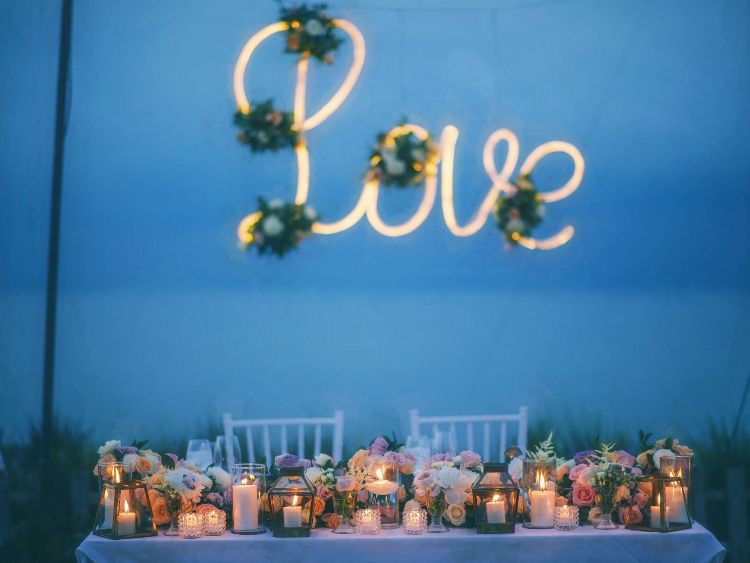Tuxedo vs Suit: What’s the Difference and Which Should You Choose?
When it comes to formal wear, the debate of tuxedo vs suit is a timeless one. Whether you’re attending a wedding, a black-tie event, or an important business meeting, choosing the right attire is crucial. But how do you decide between a tuxedo and a suit? Both have their own distinct characteristics, purposes, and styles. This article will break down the key differences, helping you make an informed decision that suits your occasion perfectly.
Tuxedo vs Suit: The Key Differences
1. The Definition
Let’s start by defining what a tuxedo and a suit actually are.
- Tuxedo: A tuxedo is a formal ensemble that typically includes a jacket with satin or grosgrain facings on the lapels, buttons, and pockets, along with matching trousers that often have a satin stripe down the leg. It’s designed for black-tie events and is often paired with a formal shirt, bow tie, cummerbund, or vest.
- Suit: A suit, on the other hand, is a set of garments made from the same fabric, usually including a jacket and trousers. Unlike tuxedos, suits are versatile and can be worn in various settings, from business meetings to less formal social events. They are usually paired with a necktie and are not as restrictive in terms of dress codes.
2. The Fabric and Finish
The fabric and finish of a tuxedo vs suit can be quite different.
- Tuxedo: The most distinctive feature of a tuxedo is the satin. Satin is found on the lapels, buttons, and along the sides of the trousers. This shiny finish gives the tuxedo its luxurious look, making it stand out as a special occasion outfit.
- Suit: Suits generally have a more understated fabric finish. They can be made from wool, cotton, linen, or synthetic blends. Unlike tuxedos, suits do not have satin details and offer a more matte appearance, which contributes to their versatility.
3. The Accessories
Another major difference between a tuxedo vs suit is the accessories that accompany them.
- Tuxedo: Traditionally, a tuxedo is worn with a bow tie, a formal dress shirt with a pleated front or a winged collar, and often a cummerbund or vest. The shoes are usually patent leather, adding to the overall elegance.
- Suit: Suits are generally paired with a necktie and can be worn with a variety of dress shirts, including those with standard collars. The footwear is more flexible, with options like oxfords or loafers being appropriate. The lack of satin and the broader accessory options make suits less formal.
4. The Occasion
The occasion often dictates whether you should choose a tuxedo or a suit.
- Tuxedo: Reserved for formal events like weddings, galas, and black-tie dinners, the tuxedo is synonymous with sophistication. If the event’s invitation specifies “black tie,” a tuxedo is the appropriate choice.
- Suit: Suits are suitable for a broader range of events. Whether you’re attending a business meeting, a job interview, or a semi-formal gathering, a suit is your go-to option. They provide a polished appearance without being overly formal, making them versatile for day-to-day wear.
5. The Cost
Cost is another factor that might influence your decision in the tuxedo vs suit debate.
- Tuxedo: Due to the use of finer materials like satin and the formal nature of the garment, tuxedos tend to be more expensive. Additionally, since they are worn less frequently, the cost per wear can be higher.
- Suit: Suits, being more versatile and made from a variety of fabrics, usually come at a more affordable price point. They can be worn more frequently, which may justify the investment.
6. The Color
Color plays a significant role in the overall impression of a tuxedo vs suit.
- Tuxedo: Tuxedos are traditionally black or midnight blue, though modern variations include white dinner jackets and other dark shades. The color choice is limited, adhering to the formal nature of the attire.
- Suit: Suits come in a wide range of colors, from classic black, navy, and gray to more adventurous shades like burgundy, green, or even plaid. This variety allows for more personal expression and suitability for different occasions.
When to Choose a Tuxedo
If you’re invited to a black-tie event or a formal wedding, a tuxedo is the obvious choice. Its elegant design and luxurious fabrics ensure that you’ll fit right in with the high level of formality. Moreover, wearing a tuxedo shows respect for the event’s dress code and adds a touch of class to your appearance.
But, it’s not just about the occasion. Some individuals prefer the refined look of a tuxedo even for less formal events. If you’re someone who enjoys making a statement with your attire, opting for a tuxedo over a suit can set you apart, especially at events where most attendees might be in suits.
When to Choose a Suit
Suits offer unparalleled versatility. Whether you’re heading to a business meeting, a casual wedding, or a dinner date, a well-tailored suit can be adapted to fit almost any occasion. The variety of colors, fabrics, and styles available allows you to choose a suit that not only fits the event but also aligns with your personal style.
If you’re building a wardrobe, investing in a few good suits can serve you well. Unlike tuxedos, suits can be dressed up or down, making them a practical choice for those who want to get the most out of their investment.
FAQs
Q: Can you wear a tuxedo during the day?
A: Tuxedos are traditionally reserved for evening events, typically starting after 6 PM. Wearing a tuxedo during the day might come off as overly formal. For daytime events, a suit is usually the better option.
Q: Is it acceptable to wear a suit to a black-tie event?
A: While a suit might be appropriate for many formal occasions, a black-tie event specifically calls for a tuxedo. Wearing a suit to such an event could be considered underdressed unless the invitation specifies “black tie optional.”
Q: What type of shoes should I wear with a tuxedo?
A: The classic choice for tuxedo footwear is patent leather oxfords. These shoes match the formality of the tuxedo and add a polished finish to the ensemble.
Q: Can you mix and match suit pieces?
A: Yes, one of the advantages of a suit is the ability to mix and match pieces. You can pair your suit jacket with different trousers or even wear the trousers with a different jacket or blazer for a more casual look.
Q: What’s the difference between a tuxedo shirt and a regular dress shirt?
A: A tuxedo shirt typically has a pleated front, a wing or spread collar, and often includes options for wearing with cufflinks and studs. Regular dress shirts are more versatile and lack these formal details, making them suitable for suits and more casual wear.
Conclusion
Choosing between a tuxedo and a suit comes down to the occasion, your personal style, and how formal you want to appear. Tuxedos are the epitome of formal elegance, perfect for black-tie events and making a statement. Suits, with their versatility and range of styles, are ideal for almost any occasion, offering a balance between sophistication and practicality.
In the end, both tuxedos and suits have their place in a well-rounded wardrobe. Understanding the key differences between them ensures that you’ll always be dressed appropriately, no matter where the event takes you.
Authoritative Links
These URLs are examples and should be replaced with actual authoritative sources relevant to the content.







